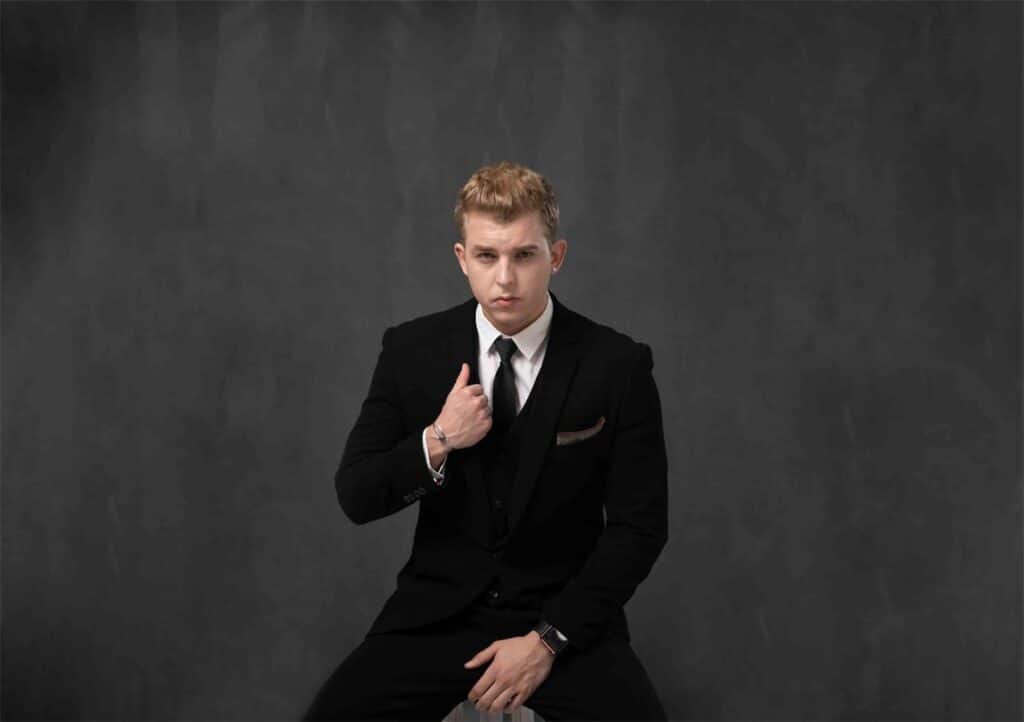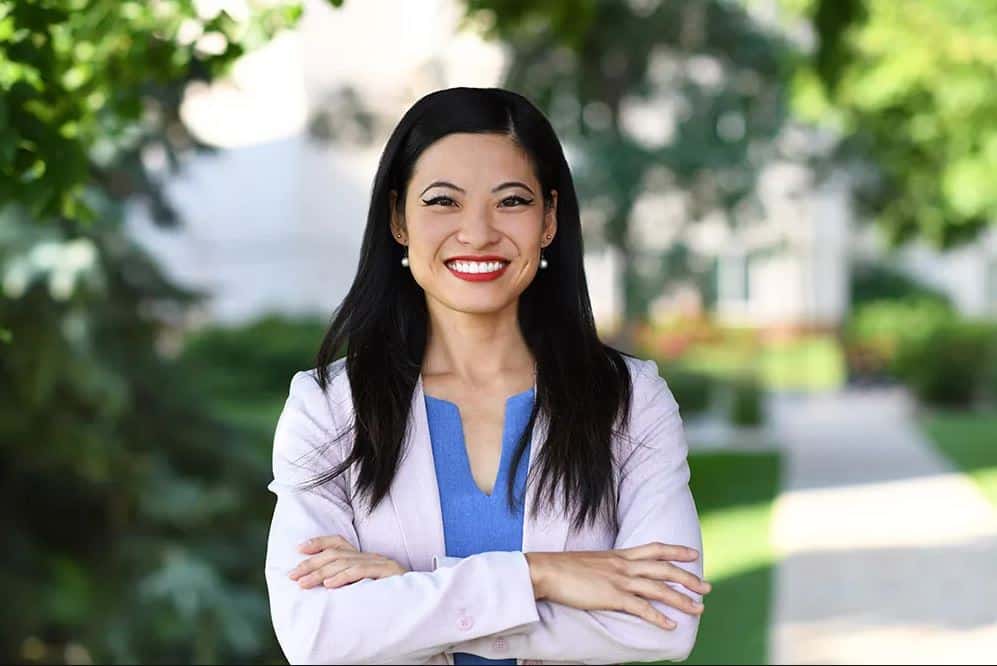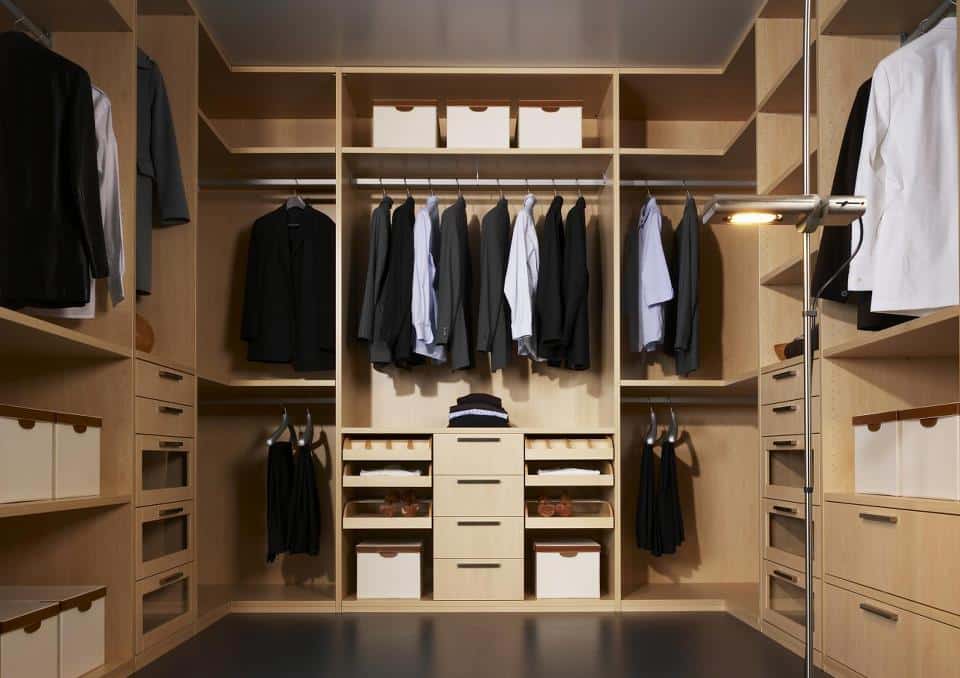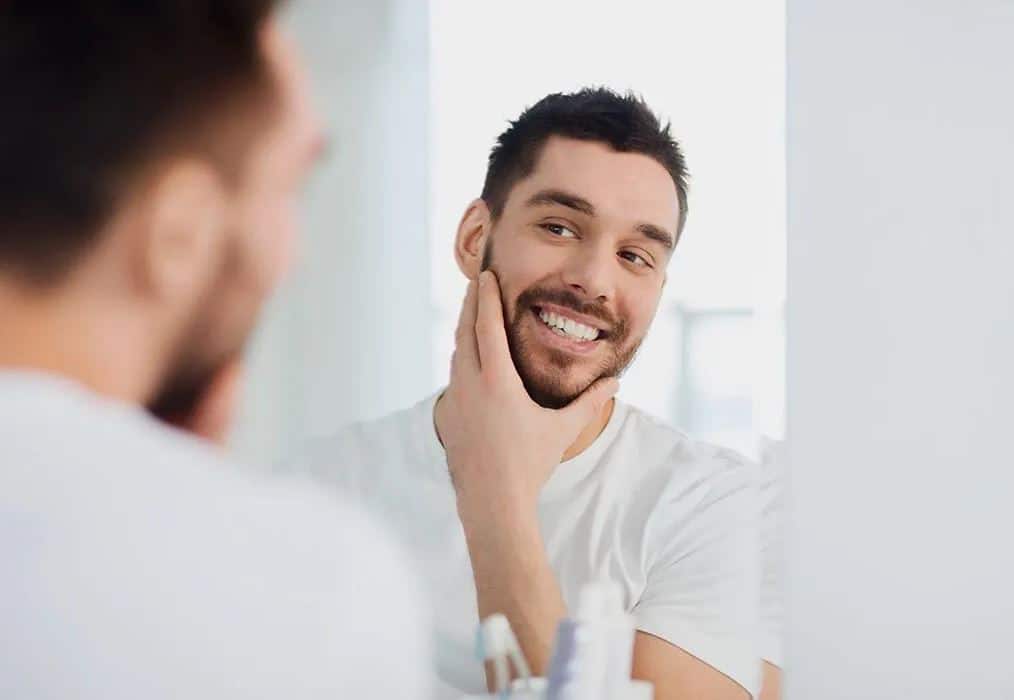How to Take Professional Headshots [Expert’s Guide]
As a photographer with years of headshot photography experience, I understand the importance of capturing stunning headshots. It is quite different than a selfie you take on the phone.
In this article, I will guide you through the process of taking professional headshots that will make a lasting impression.
From understanding the basics to post-production touches, I’ll cover it all.
So, let’s dive in and explore the world of professional headshots!
Understanding the Basics of Professional Headshots

When it comes to headshots, they are not just simple photographs. They convey a professional image and are crucial for making a great first impression.
Everyone has expertise in their own field and just like that, a professional portrait photographer may not capture a professional headshot even with the best camera settings and camera lens because it requires experience in this niche.
The importance of investing in high-quality headshots cannot be overstated.
One key element of a professional headshot is the background.
It should be simple and uncluttered, as it should not distract the viewer’s attention from the subject.
A plain, solid-colored background is often preferred, as it provides a clean and professional look.
However, some photographers may opt for a subtle pattern or texture to add a touch of personality without overwhelming the image.
Another important aspect to consider when taking professional headshots is the lighting.
Proper lighting can make a significant difference in the final result. It helps to highlight your features and create the desired mood.
Natural light is often preferred for headshots, as it produces a soft and flattering effect.
However, some professional photographers think studio lighting/ artificial lighting can also be used to achieve a more controlled and dramatic look.
Take the advice of your professional photographer If you have any doubts about this one.

In addition to the background and lighting, the subject’s pose and expression are crucial in creating a successful headshot.
The pose should be natural and relaxed, while still conveying professionalism and confidence.
The subject’s expression should also match the intended purpose of the headshot.
For example, a corporate headshot may require a more serious and composed expression, while a headshot for an actor or model may call for a range of emotions and expressions.
Wardrobe choice is another important consideration when taking professional headshots.
The clothing should be appropriate for the industry or purpose of the headshot.
It is generally recommended to wear solid colors that complement your skin tone and avoid busy patterns or logos that can be distracting.

It’s also a good idea to bring a few different outfit options to the professional photo shoot, allowing for variety and versatility in the final selection.
With multiple outfit options, it gives you the flexibility to capture a perfect headshot photograph in different poses and styling.
You must try different angles it doesn’t matter how many photos you have to own professional headshot that looks great.
Lastly, the overall composition and framing of the headshot should be carefully considered.
The subject should be the main focus of the image, with the frame centered on the face. Whether you go with portrait mode or landscape, you shouldn’t ignore this one.
The composition should be balanced and aesthetically pleasing, with attention given to the rule of thirds and leading lines.
By paying attention to these key elements –
- Background.
- Lighting, pose.
- Expression.
- Wardrobe choice.
- And Composition.
You can ensure that your professional headshots effectively communicate your desired image and make a lasting impression. A headshot photographer with a lot of experience will surely guide you on this.
Preparing for Your Headshot Session
Before having the client step foot in front of the camera, it’s essential to prepare them for the headshot photography session.
The first step is to choose the right outfit for your professional headshot. What to wear for a professional headshot is crucial in representing your professional image and flattering your features. Suggest clothing that not only aligns with your professional persona but also enhances your best qualities.
Solid colors and moderate patterns work best, avoiding busy or distracting prints.
When selecting the outfit, consider the industry they work in.
For a corporate setting, a tailored suit or a professional dress would be appropriate.
If they’re in a more creative field, they might want to showcase their personal style with a fashionable yet polished ensemble.
Grooming is equally important. Pay attention to the hair, ensuring it is neatly styled.
For ladies, consider a hairstyle that frames the face and highlights their best features.
If you’re unsure, a professional hairstylist can help you achieve a polished look.

When it comes to makeup, less is often more for headshots. Aim for a natural-looking application that enhances your features without overpowering them.
Use a foundation that matches the skin tone and opt for neutral shades on your eyes and lips.
Remember, the goal is to look like the best version of yourself, not a completely different person.
For men, a tidy and well-groomed beard or clean-shaven look can make a significant impact on the headshot.
If they have a beard, ensure it is neatly trimmed and styled. If they prefer a clean-shaven look, make sure to shave right before your session to avoid any visible stubble.
Take the time to groom the eyebrows as well, as they can frame a face and enhance the overall appearance.
By taking the time to carefully select their outfit and pay attention to grooming details, they’ll be well-prepared for your headshot session.
Remember, the goal is to present them in the best possible light and make a lasting impression on those who view the headshot.
Setting Up the Perfect Environment
To capture remarkable headshots, you need to create the ideal environment.
The background you choose should be appropriate to your profession and the image you want to portray.
For corporate settings, a solid white or gray background is often preferred, while creative professionals may opt for a more dynamic background.
When selecting a background for your headshots, it’s important to consider the message you want to convey.
solid white background can create a clean and professional look, perfect for individuals in corporate settings.
This type of background allows the focus to be solely on the subject, without any distractions.
On the other hand, a gray background can add a touch of sophistication and elegance to your headshots, making it a popular choice for professionals in various industries.
For those in creative fields, a more dynamic background can help showcase personality and creativity.
Consider using a backdrop with interesting patterns, textures, or even a pop of color. This can add visual interest to your headshots and make them stand out from the crowd.
Lighting is another crucial factor in creating stunning headshots. Experiment with different lighting techniques to find the one that best flatters your features.
Soft, diffused lighting works well for most individuals, minimizing harsh shadows and emphasizing natural beauty.
When it comes to lighting, there are various options to consider.
Natural light can create a soft and flattering effect, especially during the golden hour when the sun is low in the sky.
This type of lighting can add a warm and inviting feel to your headshots.
Alternatively, studio lighting allows for more control over the intensity and direction of light.
By using diffusers and reflectors, you can achieve a soft and even lighting setup that enhances your features.

It’s important to note that different lighting setups can create different moods and effects.
For example, a high-key lighting setup, where the background is evenly lit and the subject is well-lit, can create a bright and energetic feel.
On the other hand, a low-key lighting setup, with more shadows and contrast, can add drama and mystery to your headshots.
Ultimately, the perfect environment for capturing headshots will depend on your personal style, profession, and the message you want to convey.
Take the time to experiment with different backgrounds and lighting setups to find the combination that best represents you and your brand.
Posing for a Professional Headshot
Now that you’ve set the stage, it’s time to strike a pose. Expressions convey a lot of emotion, so it’s essential to master the art of facial expressions for headshots.
Have your client practice different smiles and looks to find the one that highlights their personality while maintaining a professional aura.
Body language is equally vital, as it can convey confidence and approachability. Stand up straight with relaxed shoulders, and avoid crossing your arms or appearing too stiff.
Experiment with different poses, tilting their head slightly for variation, and capture the perfect shot that enhances your unique features.
Post-Production and Final Touches
Once the photoshoot is complete, it’s time to bring out the hidden potential of your headshots through post-production.
Basic editing techniques, such as adjusting exposure and color balance, can enhance the overall quality of the image.
Remember, the goal is to have a polished yet natural-looking headshot.
When and how to use filters is another important consideration. While filters can add visual interest, it’s crucial to use them sparingly and with purpose.
Avoid overdoing it, as you want your headshots to reflect their true self, without appearing overly edited or artificial.
Conclusion:
In conclusion, taking professional headshots requires understanding the basics, preparing yourself, setting up the right background and lighting, posing effectively, and applying post-production touches.
By following these guidelines, you can capture headshots that exude professionalism and make a lasting impression on clients, colleagues, and potential employers.
Happy shooting!